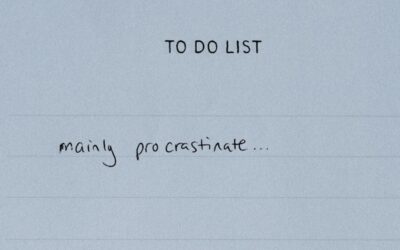We know that diversity, equity and inclusion needs span a vast range: executive coaching for your DEI leaders and DEI allies, coaching others on sensitive topics including DEI issues, and even training for your wider population on how your company approaches diversity, equity and inclusion. We have you covered on all those fronts, and crucially, we have a variety of DEI coaches who can deeply understand the needs and challenges of your employees around these issues.
Our diverse and expert coaches can support the leaders who are grappling with their own experience or those of other DEI employees, provide training in DEI issues for allies and others, or integrate topics of diversity and inclusion into the coaching of employees for whom this is a new conversation.
Challenging coaching calls for those with the compassion and expertise to handle to conversation.

Coaching for DEI Leaders and Allies
Expert, Certified, Diverse Coaches

We coach in the Diversity, Equity and Inclusion Space:
Senior leaders
DEI allies
Group programs that include DEI topics
Workshops on Equity and Inclusion
Keynotes on Ally-ship
Certified, experienced, diverse coaches
Our DEI Coaching Philosophy: Insight + Action = Results
Coach Selection Process
In order to deliver the most value to our clients and their companies, we believe that it’s critical that an executive chooses a coach whose style matches their personality—that’s why we encourage our clients to interview up to three of our coaches to guarantee the best fit.
Diverse, Experienced Coaches
Real Results
Convenience and Flexibility
The Arden Difference
The Power of the Arden Process

Selection
First things first: we set up an initial conversation to help determine the appropriate program for the executive, as well as set up interviews with the three coaches that are the best fit for their needs and goals. In this stage, we are looking to match the executive’s style with that of the coach to create a coaching relationship that delivers maximum results.

Alignment
At the start of each engagement, the coach, the executive, and their supervisor meet to determine the goals of the coaching. Because all of our executive coaching programs are results-driven, it’s critical to set appropriate goals and ensure that the executive, the supervisor, and the company can all realize the benefits of the coaching.

Assessment
When an executive enrolls in a program with the intent to change, measuring the ability and skill level at the outset is a critical first step in setting goals and building a plan to reach them. The coach will select from an array of assessments to select the tools best suited to help the executive gain insight into their unique style and potential areas for growth.

Work the Plan
With feedback from colleagues and a personalized development plan in place, the executive and the coach work through the strategy. They meet regularly to discuss challenges, best practices, and successes, with the coach helping the executive identify and understand their patterns, as well as focus on opportunities for improvement. At the midpoint of the partnership, we once again assess the executive’s progress through a meeting with their supervisor and course-correct, if needed. At the conclusion of the engagement, the executive, supervisor, and coach review the progress and identify any next steps necessary to continue the executive’s growth to ensure a long-term shift in behavior.
Executive Coaching and Leadership Blogs
The #1 Trait in Leadership Training: People Skills
An article was published three years ago in the Harvard Business Review titled, “As Your Team Gets Bigger, Your Leadership Style Has to Adapt.” Among the helpful insights in the article, such as...
Elderhood: The Second Mountain
By Laura Hansen, MA, PCC In a series of recent conversations with one of my executive coaching clients, he told me that early in his career he had prided himself on being a “talented jerk” (his...
The Value of the SBI Feedback Model
Are you aware of the incredible value of the SBI Feedback Model for executive coaching? Jason (not his real name, of course!) was increasingly irritated with the attitude of a direct report —...
Give Yourself Permission to Not Ask Permission
By Lilian Abrams, PhD, MBA, MCC, ESIA. Ali is a wonderful coaching client of mine, who is very strong in many respects. He is highly strategic, thoughtful, analytical, hard-working,...
Why Leaders Should Not Ask Why!
Laura had just finished expressing her concerns about a project deliverable and suggested an alternative approach for the team. Amanda, her supervisor, was impressed, and wanted to know more about...
Reframing Diversity
Kevin Anthony Johnson, PCC As diversity, inclusion, and equity initiatives are being evaluated, more organizations are grappling with the cultural norms and standards set by predominantly white male...
One Way to Reduce Procrastination
I’ve been wanting to write a blog about procrastination, but have been putting it off. Seriously! With summer vacations, holidays, some family-related travel, and my natural tendency to wait until...
“Hold on, Let Me Finish!” — How to Stop Interrupting
By Steve Hansen, PCC. We are all guilty of interrupting — but if we all just stopped and listened, argues Nancy Kline, we could radically change the way we live (from The Promise That Changes...
The Power of Listening
By Margaret Enloe, JD, PCC A young man walks through Central Park wearing a t-shirt. It says in bold black letters, “WARNING, I’m not listening.” A touch edgy? Yes. A sign of the times? Maybe....









